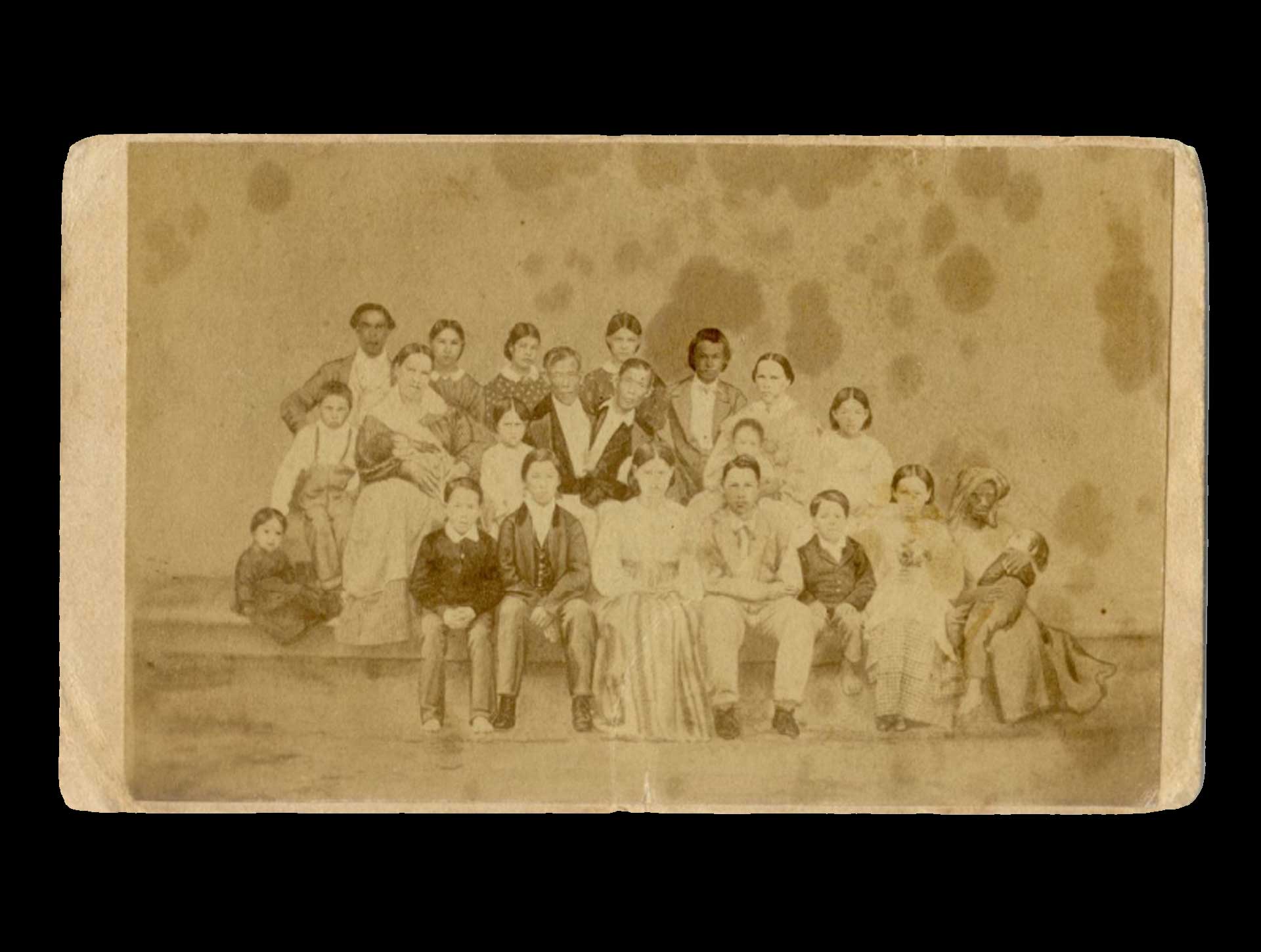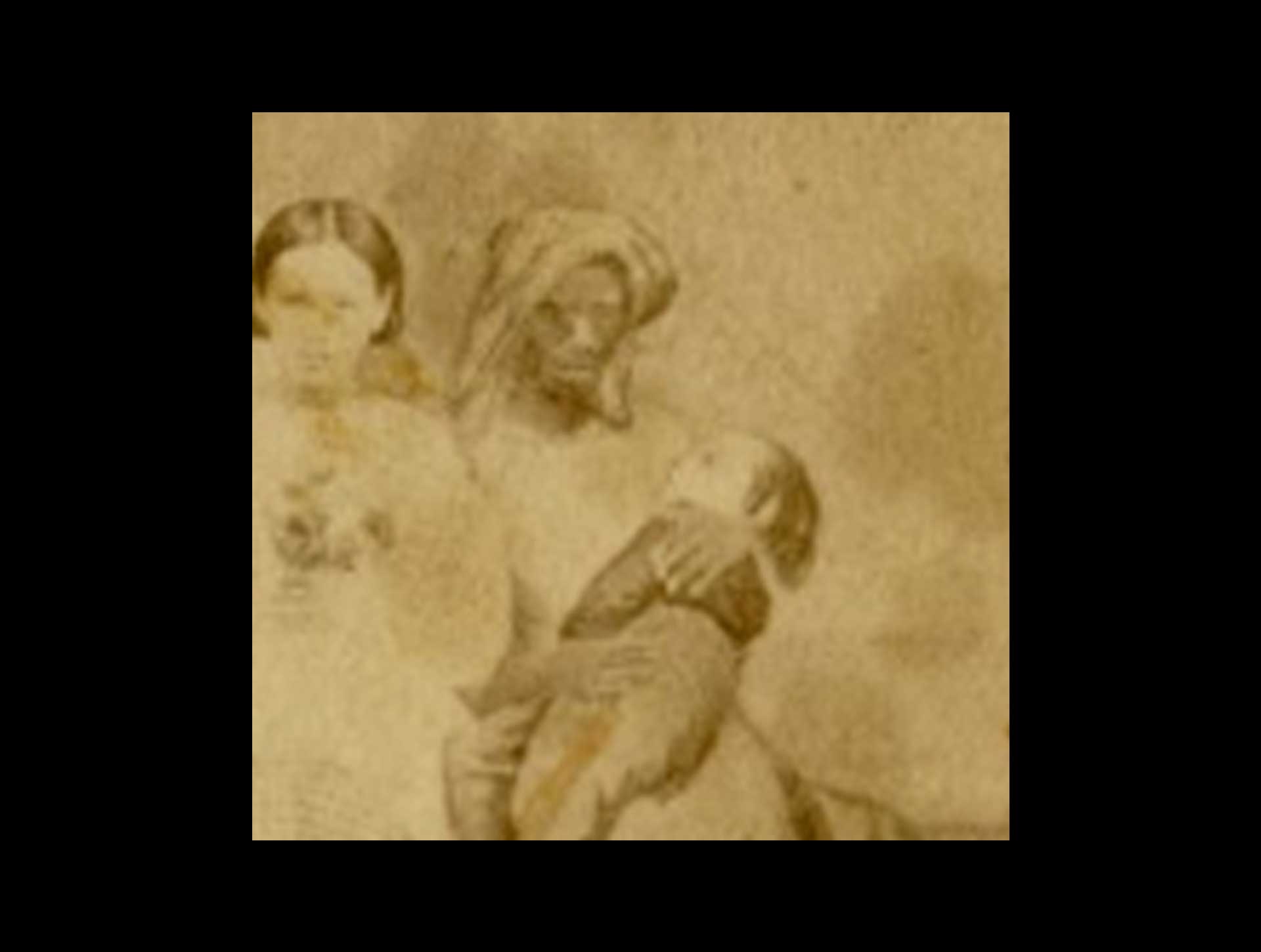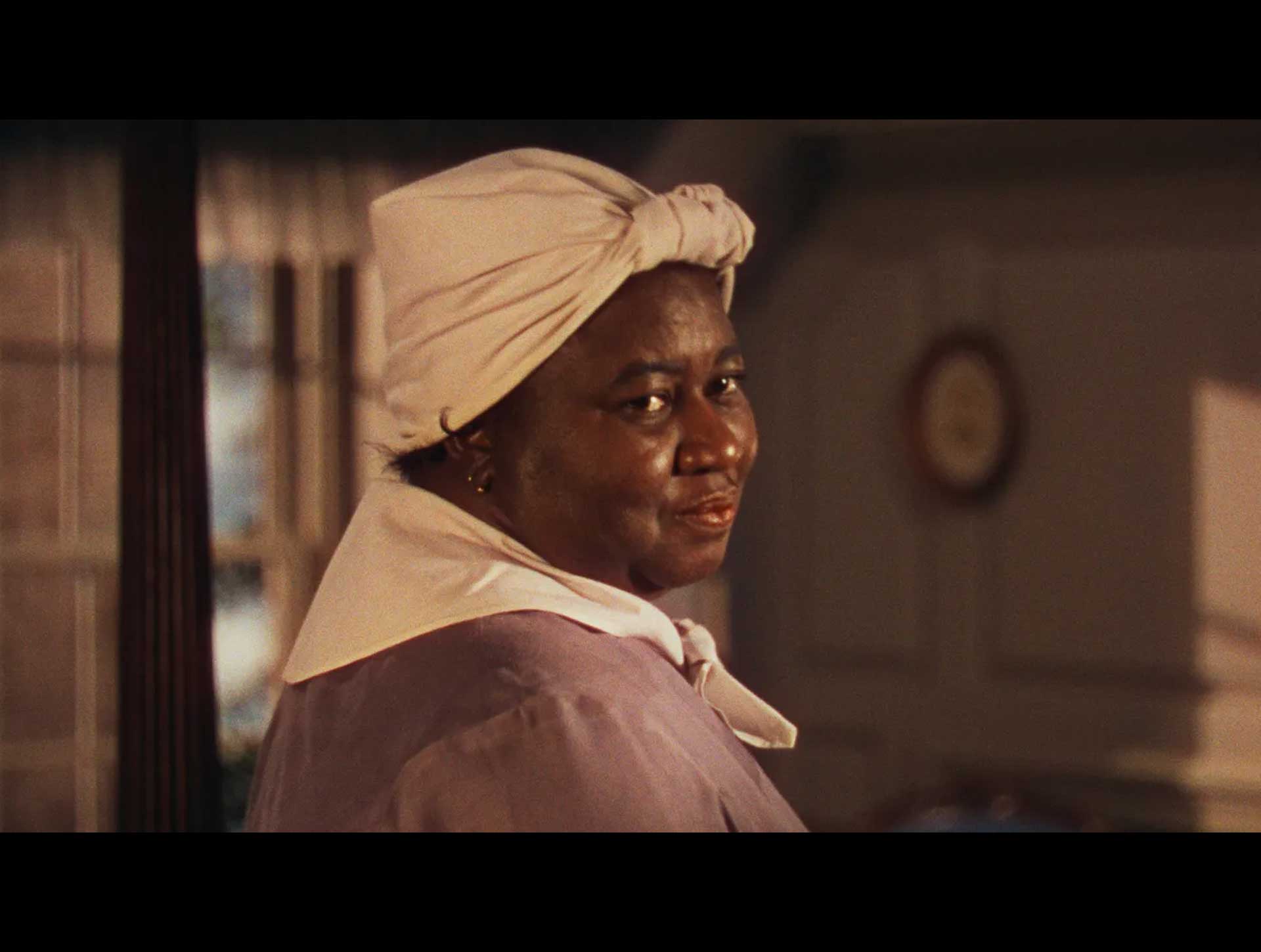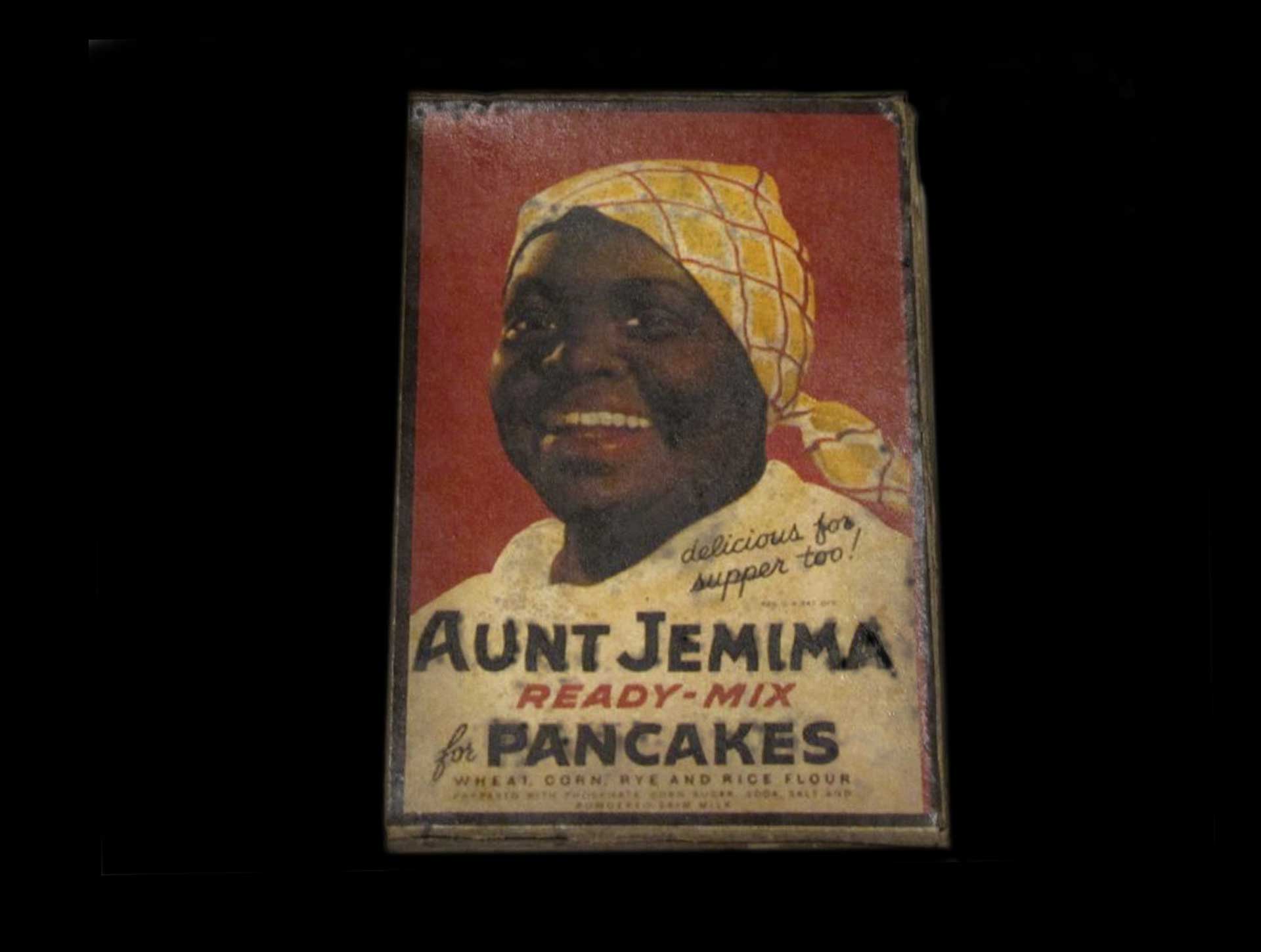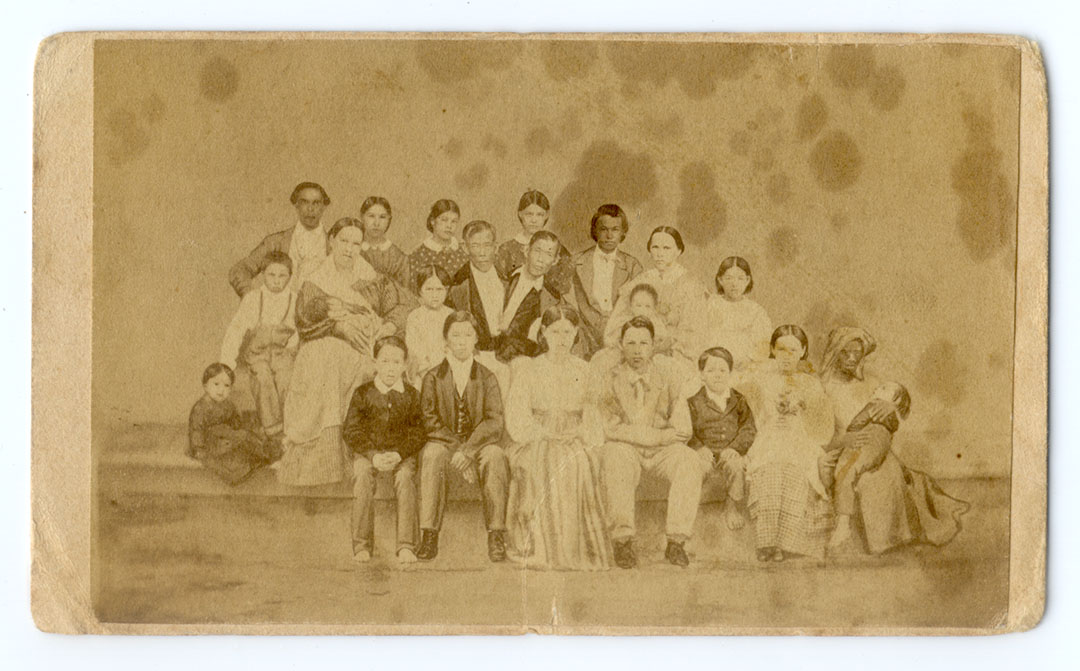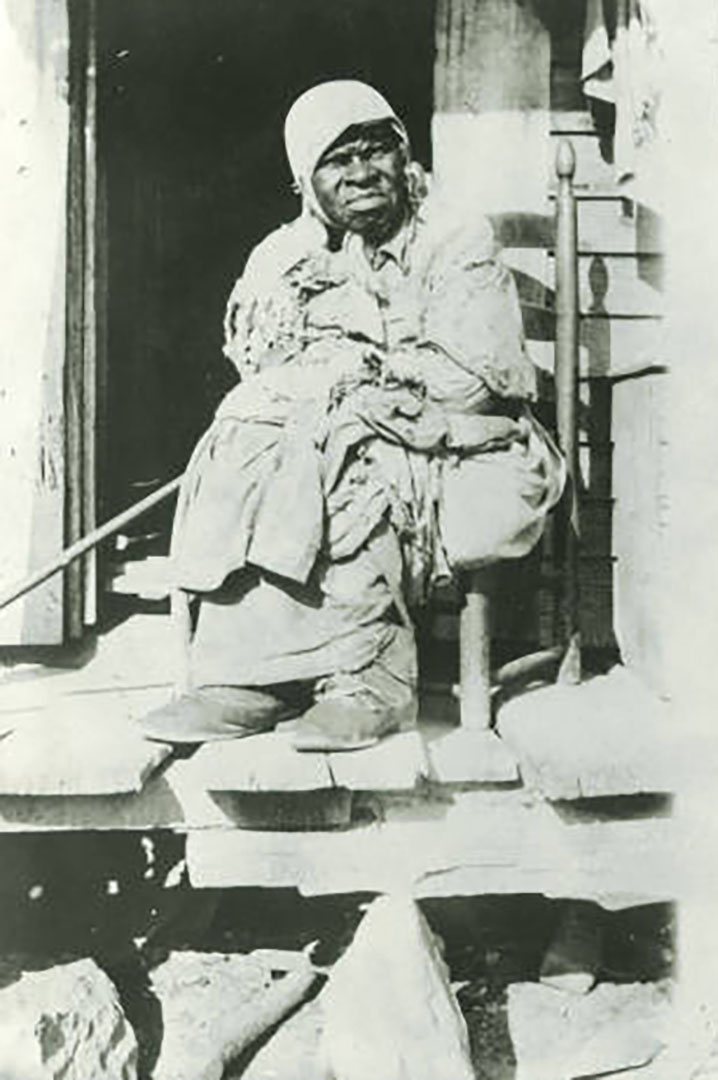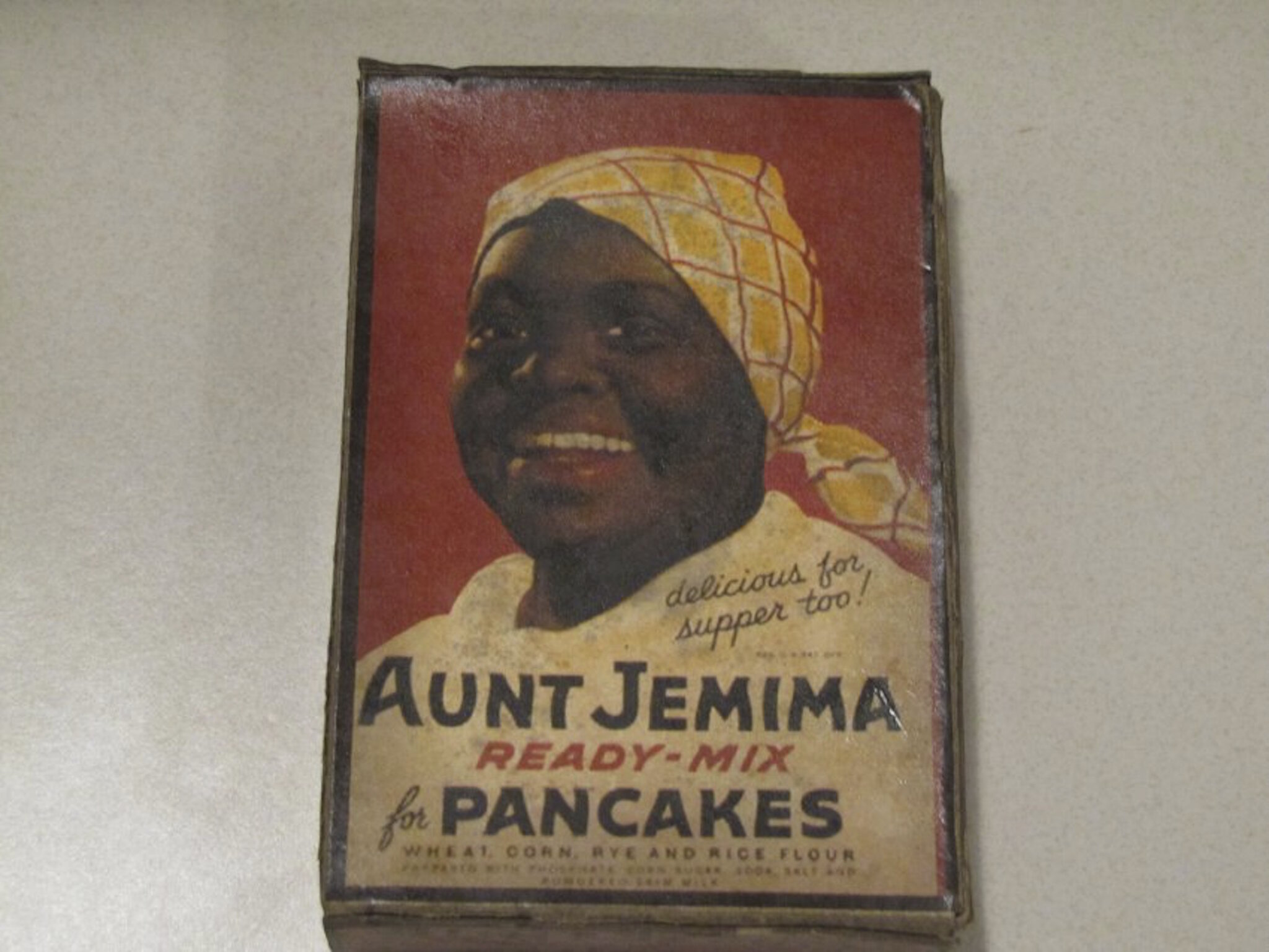PALIMPSESTS
Violence and Injury
Referenced works
Charles Eisenmann, Chang and Eng Bunker with their Families, 1870. Albumen print, 6.4 x 7.6 in. Ronald G. Becker Collection of Charles Eisenmann Photographs, Syracuse University Libraries, New York, USA.
Anonymous, Former slave of Eng Bunker. photograph in the Chang and Eng Bunker Papers #3761, Southern Historical Collection, Wilson Library, University of North Carolina at Chapel Hill.




